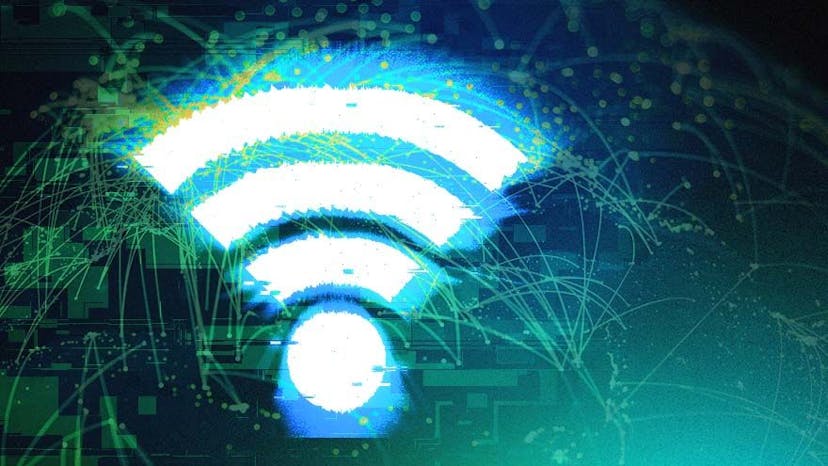Crypto-Incentivized Mobile Networks Gain Traction
Companies like Helium and Pollen seek to disrupt the telecom industry with crypto-incentivized mobile networks.
By: Jason Levin • Loading...
DeFi
It’s 2022 and your mobile carrier might be going crypto.
There is a growing movement around building crypto-incentivized peer-to-peer mobile networks.
“What if we put Bitcoin mining in IOT hotspots to provide coverage?” a Helium engineer asked half a decade ago. As of June 2022, Helium now has 845,000+ hotspots around the globe providing data coverage in 63,000+ cities.
Originally founded in 2013 with the goal of building a decentralized on-ramp to the internet, Helium launched its own blockchain and HNT token in August 2019.
To earn the HNT token, users can install a hotspot – either 5G or LoRaWAN, which connects IoT devices like sensors – created by manufacturers in the Helium ecosystem. Like the Ethereum network, companies can build applications on top of the Helium blockchain with use-cases ranging from smart agriculture sensors to supply chain sensors.
Hotspots then mine for tokens using a proof-of-work protocol the company calls proof-of-coverage, a way to ensure hotspots are honestly representing their location and the wireless network coverage they are creating from that location. The amount of HNT distributed to users depends on how valuable their hotspots are to the network.
Helium has raised over $300M from the likes of FTX Ventures, Tiger Global and Pantera Capital. The company recently partnered with Dish Network to deploy Helium’s peer-to-peer 5G network to Dish users.
Helium isn’t the only company pursuing crypto-incentivized wireless networks.
Pollen Mobile
Pollen was founded by Anthony Levandowski, the polarizing figure who co-founded Google’s self-driving program Waymo, illegally stole files from Google (and was later pardoned by Trump), and then went on to start and sell another autonomous vehicle project called Pronto.
While building Pronto, Levandowski’s team struggled with cell reception in remote locations for their autonomous vehicles, so they built their own 5G network – yet when Levandowski got home to San Francisco, he didn’t have service in his house. “Wouldn’t it be great if everyone could fix their own coverage where they don’t have reception,” Levandowski recounts.
Soon, Levandowski and his team launched Pollen, a peer-to-peer wireless network that incentivizes its users with crypto to run their own cell towers and build out network coverage. “The real opportunity isn’t just to fix the coverage,” Levandowski said. “Let’s make [a carrier] where it’s private, pseudonymous, and decentralized where everyone owns their own nodes and people will get paid for other users using their nodes. It’s a community-based cell phone service.”
In February, Pollen launched in San Francisco and is now available throughout the United States. Users connect to the network with an eSIM card, which earns users PollenCoin (PCN), a Solana-based token.
There are three main parts of the Pollen ecosystem each with all-organic code-names: Flowers provide network coverage, Hummingbirds are eSim cards, and Bumblebees collect and validate data. After purchasing a Hummingbird, users can connect to the network privately and securely; users are incentivized to buy Flowers to make their network stronger.
On April 19, Pollen Mobile closed its seed funding led by Slow Ventures alongside DISH Wireless, Delphi Digital, OVN Capital, Acorn Pacific Ventures, and more.
When Alexander Graham Bell incorporated AT&T in 1889, he probably could not foresee a world where users get paid for growing a communication network. While crypto-incentivized networks are still in their early stages, they have the potential to disrupt this antiquated industry.
Advertisement
Get the best of The Defiant directly in your inbox 💌
Know what matters in Web3 with The Defiant Daily newsletter, every weekday
90k+ investors informed every day. Unsubscribe anytime.